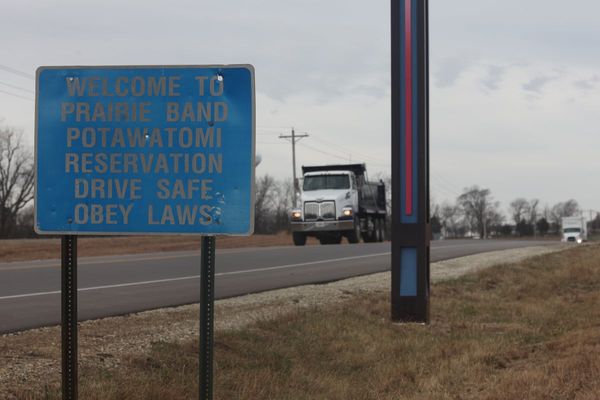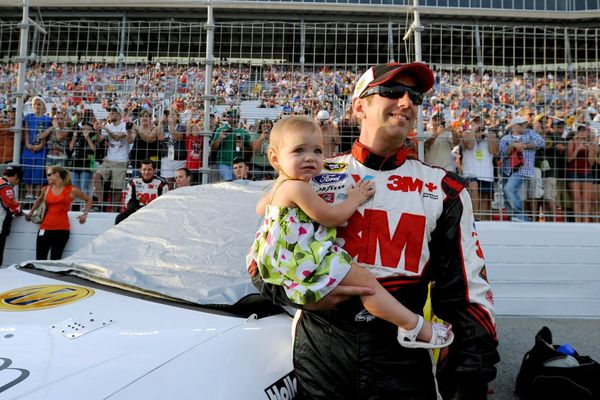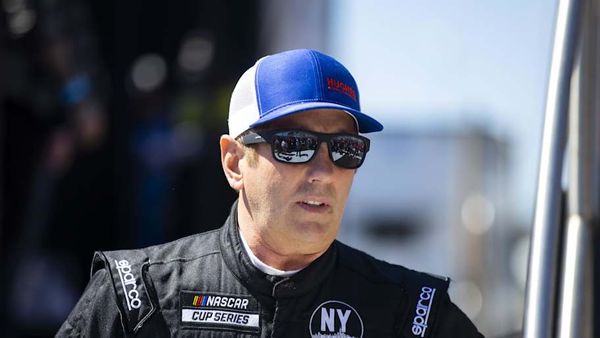The bodies of hundreds of infants who died in an Irish mother and baby home are to be recovered from a septic tank where they have lain hidden in an unmarked grave for decades.
As excavation work starts at the mass grave, which is thought to contain the bodies of 796 babies, it is hoped it will be possible to identify some of the remains before they are given a proper burial,
The painstaking process, expected to last two years, comes more than 10 years after historian Catherine Corless first uncovered the shocking secrets of St Mary’s mother and baby home in Tuam, County Galway.
In 2014, she found there were no burial records for hundreds of infants and young children who died between 1925 and 1961 at the home for unmarried mothers run by the Bon Secours sisters, a religious order of Catholic nuns.
When Ms Corless visited the site, now a housing estate, she learnt how two boys had lifted a broken concrete slab near a children’s playground in the 1970s and seen bones inside.

Mary Moriarty, who lived in a house near to the site, told the BBC before her death that she had gone to see what the boys had found and “fell in a hole”.
Inside, she saw hundreds of “little bundles” of cloth, which had gone black from rot and damp and were “packed one after the other, in rows up to the ceiling”.
The authorities initially believed the remains were from the Irish famine in the 1840s, when the site was a workhouse where many people died, and the spot was covered up again.
However, Ms Corless’s suspicions about the missing children were officially confirmed in 2017 when an Irish government investigation found “significant quantities of human remains” in a test excavation of the site. The bones were not from the famine: they were of children aged from about 35 weeks’ gestation to two or three years old.
A baby had died at Tuam every two weeks, on average. They were buried, without coffins, one on top of another in the 9ft-deep underground septic tank.
On Monday, after a decade of tireless campaigning on behalf of these infants, digging finally began at the site to recover their bodies in order to give them a proper burial.
“There was no will to do anything for those babies except leave them there and put a monument over them,” Ms Corless said as families and survivors of the home visited the site last week. “But this was a sewer system, and I couldn’t give up on them. They were all baptised; they deserve to be in consecrated ground.”
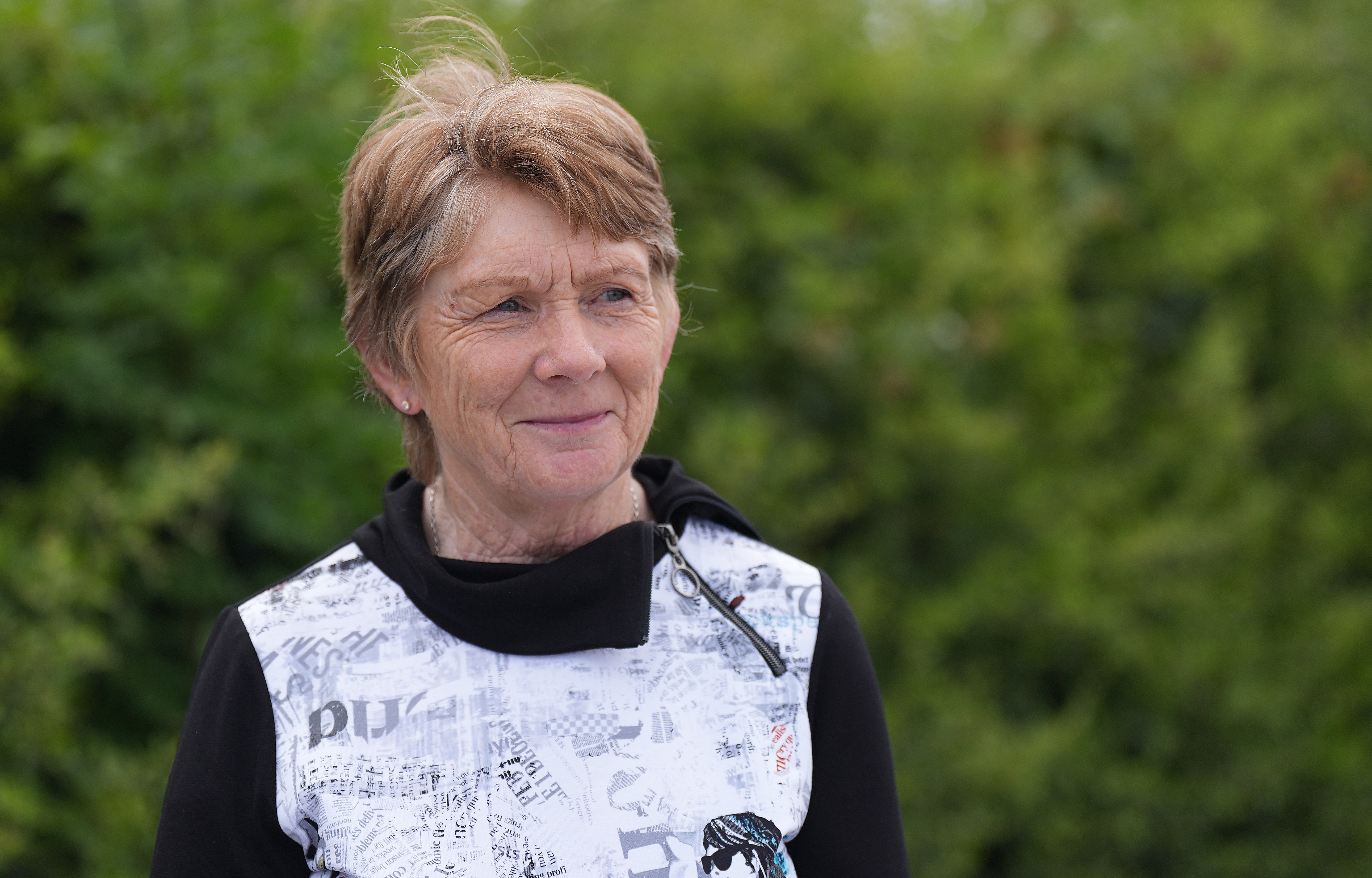
A major commission prompted by Ms Corless’s work found that 9,000 children had died in similar homes across Ireland in the 20th century.
In 2021, Irish premier Micheal Martin apologised, saying: “The most striking thing is the shame felt by women who became pregnant outside of marriage, and the stigma that was so cruelly attached to their children.
“I apologise for the profound generational wrong visited upon Irish mothers and their children who ended up in a mother and baby home or a county home. As the commission says plainly, ‘They should not have been there.’”
The Bon Secours sisters also offered a “profound apology” after acknowledging that the order had “failed to protect the inherent dignity” of women and children at the home in Tuam.
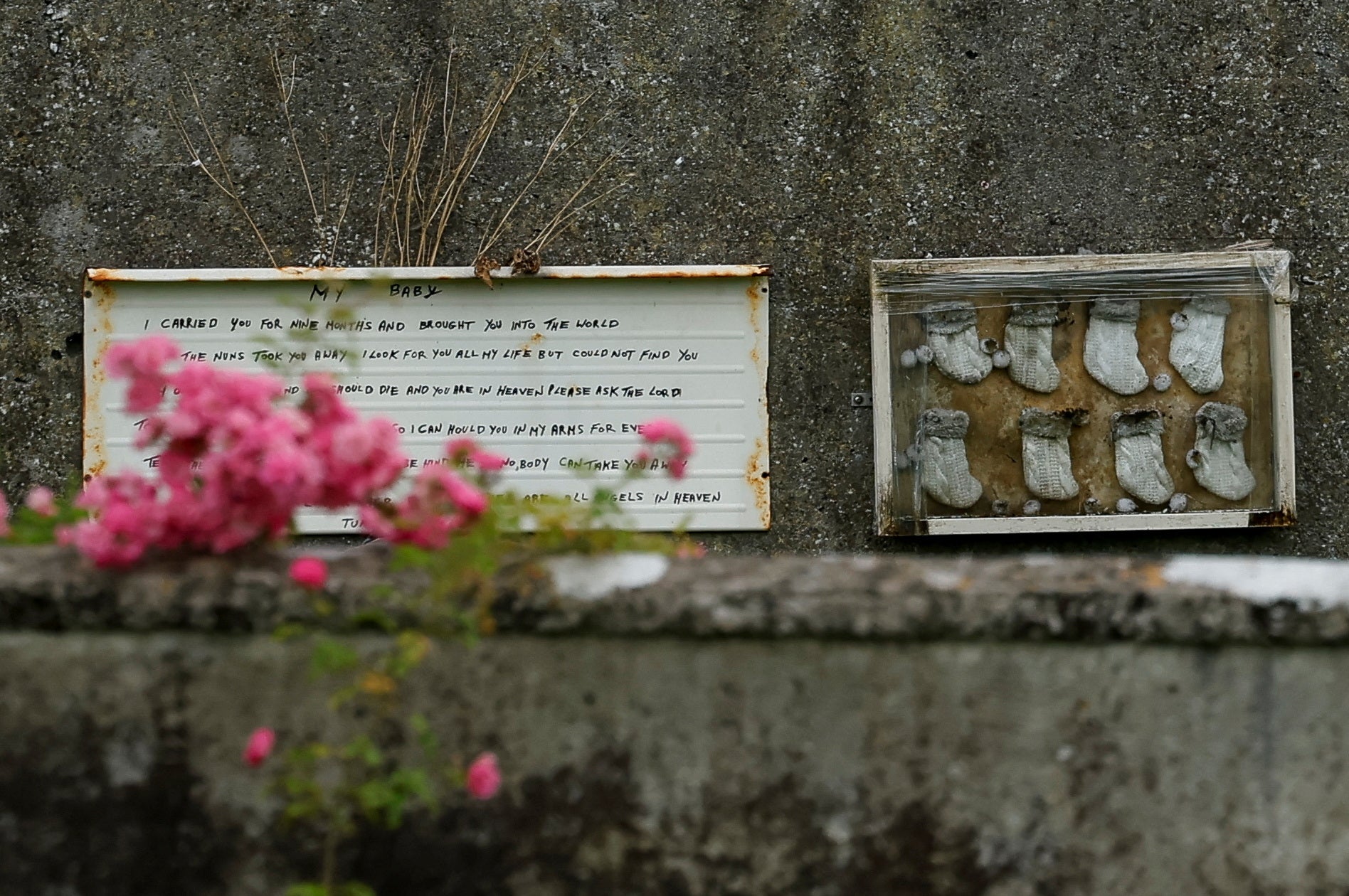
Anna Corrigan, 68, who discovered that she had two older brothers who were born while her mother was a resident at the home, was among those to visit the site before excavation began.
“These children were denied every human right in their lifetime, as were their mothers,” she said. “They were denied dignity – and they were denied dignity and respect in death. So I’m hoping that today, maybe, will be the start of hearing them, because I think they’ve been crying for an awful long time to be heard.”
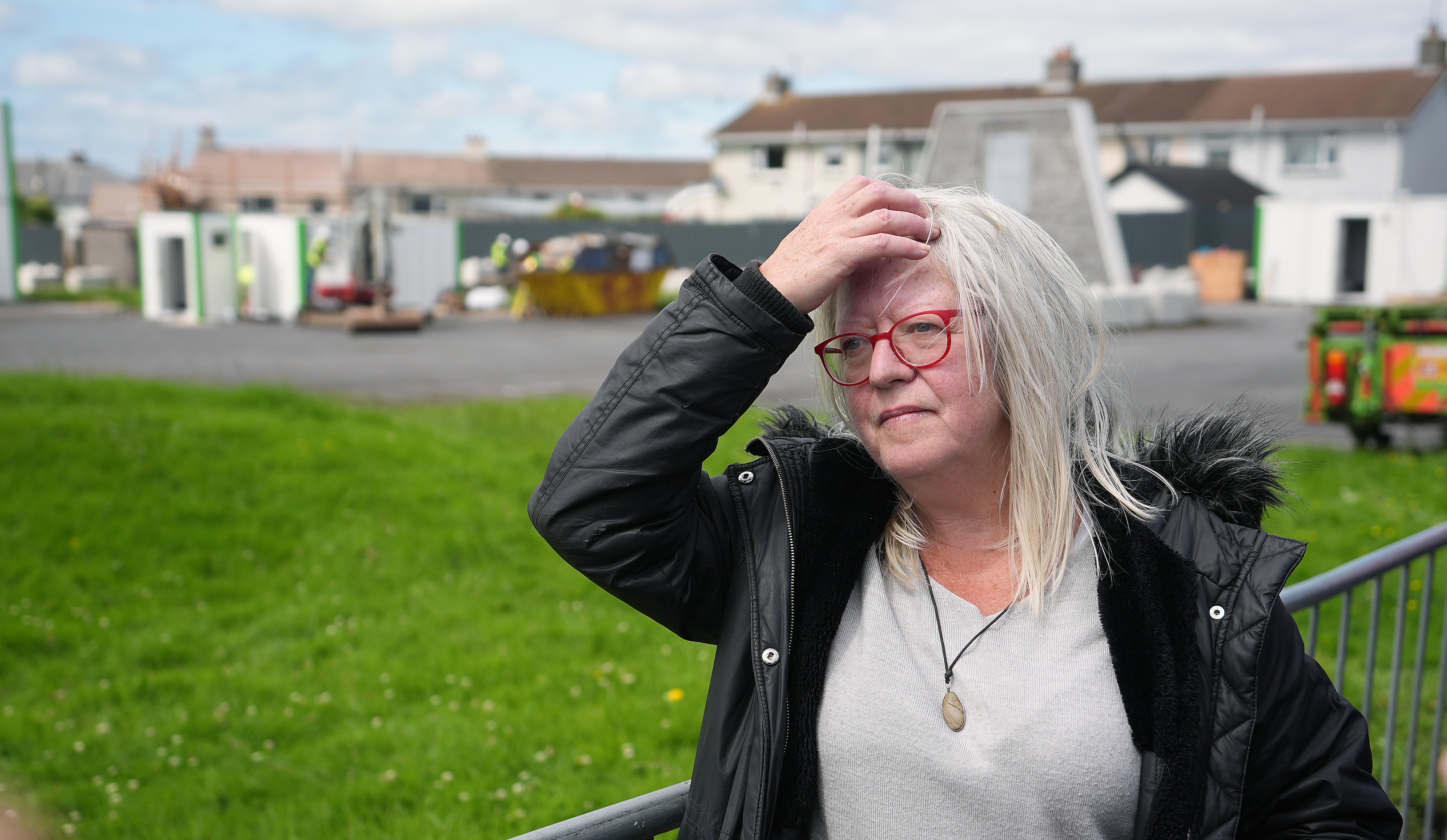
After researching her family history, Ms Corrigan found that her mother had given birth to two sons at the home: John Desmond Dolan in February 1946, and William Joseph Dolan in May 1950.
At his birth, John was recorded as weighing 8lb 9oz and healthy. When he died at just 14 months old, the cause of death was given as measles, with his notes also claiming that he was a “congenital idiot” and “emaciated”.
John is listed as one of the 796 babies uncovered by Ms Corless’s research. William lacks even a death certificate – there is merely a note in the nuns’ files from the time, which reads: “Dead 3rd February 1951.”
“I just want truth or answers or closure,” Ms Corrigan told The Sunday Times. “If they are in that pit, at least I can tool on my mother’s headstone ‘pre-deceased by her two sons John and William’. It’s truth, closure, finality, answers.”
PJ Haverty, 73, who was separated from his birth mother aged one and raised at the home until he was seven, described it as a “prison”. He said that he and others linked to the home were shunned and treated like “dirt” when they attended school.
“We had to go 10 minutes late and leave 10 minutes early, because they didn't want us talking to the other kids,” he recalled.
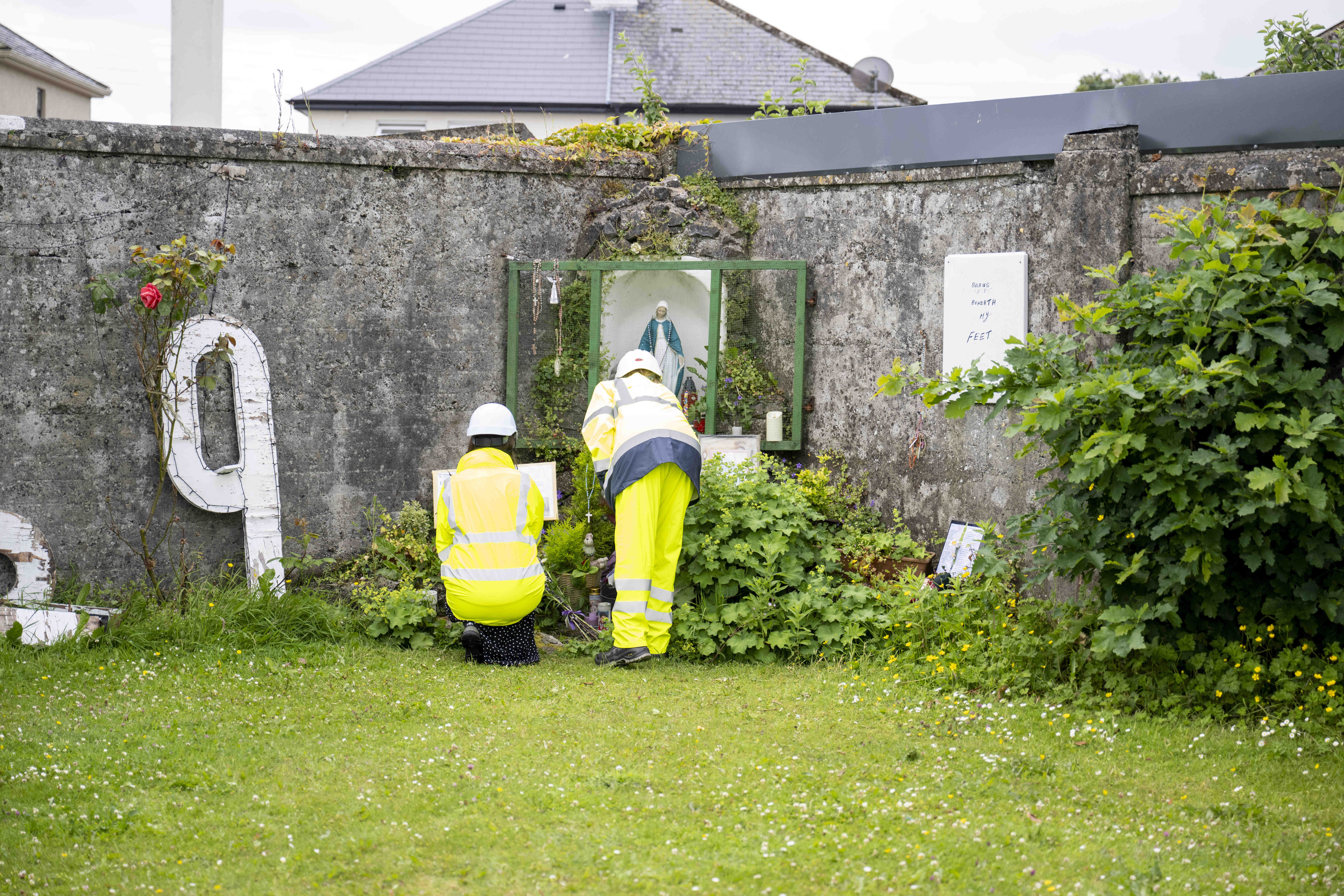
“Even at breaktime in the school, we weren’t allowed to play with them – we were cordoned off. You were dirt from the street.”
The work at the burial site, which is being undertaken by the Office of the Director of Authorised Intervention, Tuam (ODAIT), will involve exhumation, analysis, identification if possible, and re-interment of the remains at the site.
ODAIT leader Daniel MacSweeney said the excavation will work to international best practice when it comes to forensic standards.
The work will involve a long, complex process of recovering all the remains within the site and then separating the “mixed up” skeletal specimens by sorting them by age and using processes to assess sex.
It is hoped that identification of some of those buried can take place with the assistance of DNA provided by families, as well as other records. The team will also attempt to establish the cause of death where possible.

